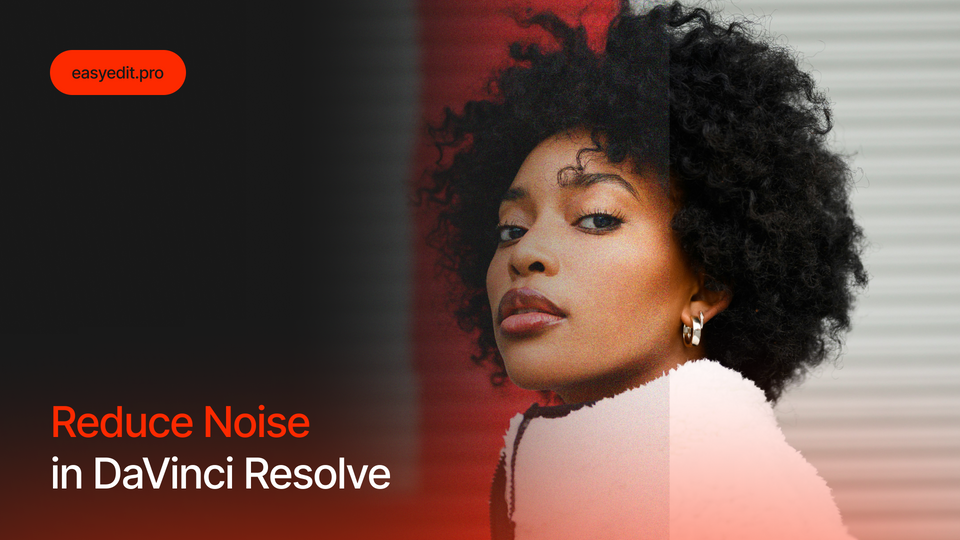
Created: 7 months ago
Color Correction Basics in DaVinci Resolve
Hi fellow editors!
In this lesson, we’ll have a detailed look on the basics of color correction.
What’s inside of the Color Tab
All actions connected to work with color happen in the Color Tab, let's switch to it and take a quick look around the interface.
On the left is the Gallery Window here you can save color correction versions for future comparison.
It’s our Media Pool where we can preview all of our media files; and the LUT catalog, where we can preview all of the available LUTs.
Here is the main Viewer Window, where we can preview our media file and the changes we apply to it.
On the right side is the Node Grid - separate layers with individual settings for our color correction.
On the bottom left corner located all tools for color grading, masking, and tracking.
And over here we have Monitoring Scopes for correct grading in three color channels - Red, Green, and Blue.
Nodes work like layers and you can turn them on and off.
The best way to operate colors is Color Wheels. The lift circle controls shadows and dark parts of the image, Gamma is for Middle Tones and Gain is for the lightest Tones of the video.
Offset shifts all tones together. Here you can also find the saturation and contrast controls, which you’ll also have to use a lot.
There is also such a classic tool as Curves. You can edit saturation in individual channels or all at once. It is very convenient to isolate individual sections of curves for more accurate correction.
You can reset all actions using this round arrow icon.
DaVinci Resolve is regularly updated, so you can explore all available tools in your version of DaVinci Resolve as they may differ.
Create a Node Tree
So, we have the video we want to edit.
Create a new node using Control/Alt + S.
If we need to create a Node placed before the selected one, use Shift + S.
Combine nodes with different settings to have more flexible controls or to compare different versions of correction. Click on the node's number to disable/enable it, as shown above.
Use LUTs
Also, LUTs are a great way to quickly create different color-grading atmospheres in a few clicks.
First, we need to install LUTs, right-click on any LUT in the catalog and select Reveal in Finder or Explorer(for Windows).
Then copy your presets into the opened folder.
Create a second node to apply LUT on it.
We use the Cinematic LUTs pack from EasyEdit. It contains 60 different color presets and works with any video and resolution. Here you can select Cinematic LUTs, Film LUTs or Custom LUTs, based on your preference.
Place the mouse pointer over the LUT icon and see how it will work on your video. This is a convenient way to preview the LUTs and pick the best one before applying it.
Drag the LUT you like to the newly created node.
If you want to make some corrections apply them to the node placed before our LUT node. You can adjust Color Wheels here: Offset, Gamma, Gain and Lift.
Our color correction is done!
To Sum Up
If you liked this guide, check our DaVinci Resolve tutorials!
Here we’ve collected such guides as DaVinci Resolve optimization, the main mistakes beginners make in DaVinci, how to export, change framerate, or use LUTs in DaVinci Resolve!
Unlock unlimited templates for DaVinci Resolve - join EasyEdit Stock to get the highest quality LUTs, transitions, text effects, and more, with assets updated daily!





